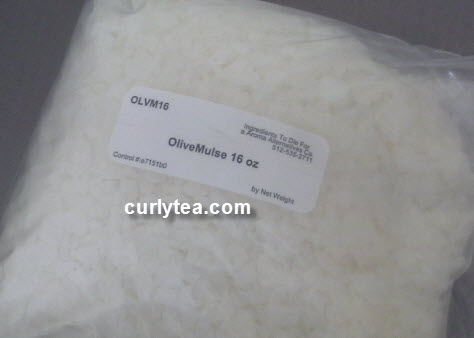
I recently put aside enough duckets to get my hands on Olivem 1000, a stand-alone emulsifier approved by EcoCert for use in natural care products.
Olivem 1000 (called OliveMulse where I got it) is naturally derived from Olive oil with a mix of Cetearyl (emulsion stabilizer) and Sorbitan (sorbitol). Its best used for making oil-in-water emulsions (creams where the oil is the internal/dispersed phase and the water phase is more than 45%).
The INCI is: Cetearyl Olivate (and) Sorbitan Olivate
Its NON-ethoxylated, PEG-free, hypoallergenic, and isn’t made with heavy waxes.
Aside from those benefits, what’s supposed to be another major selling point is it’s “liquid crystal structure” which has natural skin-loving properties. Using it also amps up the glide and feel of your final product.
Not since BTMS-25 have I used an emulsifier that just…works. And works well even when you use Citric Acid… AND Aloe Vera Juice… AND Neodefend (which can lower the pH too).
Unlike some emulsifiers I won’t name (*cough*EcoMulse*cough*), it doesn’t get into random fist fights with other ingredients and causing an emulsion failure.
Why is that? It’s because Olivem 1000 is very tolerant of a high amount of acids (low pH ingredients). Using things like Citric acid and Aloe Vera Juice, which both have a low pH is, not supposed to cause separation of your product.
Olivem 1000 is also very tolerant of electrolytes: ingredients that give ions when dissolved into water whether they have a positive or negative charge. It works in a wide range of pH levels (pH 3 – 12)
Chi’le, I’m not going to turn this into a Chemistry lecture! Just know that Olivem 1000 works with a lot of different stuff.
A moisturizer made with Olivem 1000 actually feels a little better in my hair the higher the percentage of oils I use.
In my past experiences, the more water a mix uses, the more “glide-y” it can feel. However, Olivem 1000 is glide-y even with a nice amount of oils. It can handle a recipe using 25% oils easily, according to ingredientstodiefor.com, without turning waxy or draggy.
If you used 10% oils or less in your mix and you’re not all that impressed with it after a day or two, try adding 1 or 2 TBSP (tablespoons) more oil. From my experience, it actually made my mix feel better and made it look creamier and richer.
The mixes I’ve made for my hair so far absorb very quickly as well. You know how sometimes you put on a moisturizing cream or leave in, and it kinda sits on the hair for an extended period of time before it absorbs? Well, the concoctions I’ve made using Olivem 1000 don’t seem to do that.
It may be because Olivem 1000 is formulated to be “non-soaping”, meaning its not supposed to have that weird, extended whitening effect when rubbed onto the skin and hair.
(Keep in mind, if you use products with silicone in it, you may not experience this benefit)
In addition, a final product made with Olivem 1000 can change depending on what steps you used while creating it.
Your final product can look/feel differently depending on WHEN you added your oils, and whether you used a stick blender OR a simple spoon/whisk/chopstick.
Olivem 1000 Recommendation:
# Slowly pour your water into your oil after you’ve heated them up separately.
# Stir the oils while you’re slowly adding in the water.
# Once it turns opaque, stir it for a full 3 minutes at least.
# THEN, sit that bowl, mug, or mason jar inside a bigger bowl of cool water.
# Stir.
This is where it gets interesting!
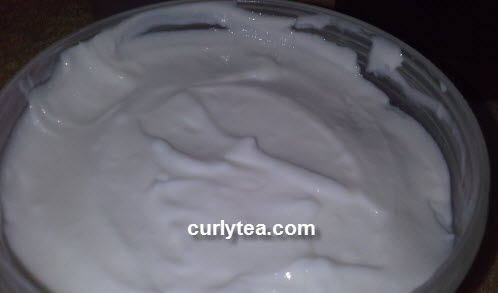
If you use a stick blender to finish mixing it, you’ll get a thicker final product.
If you use a spoon, chopstick or something to manually stir it, you’ll get a thinner final product. It may not be liquidy, but it won’t be as thick as it would’ve been had you used a stick blender.
With Olivem 1000, I made the 1st mix for the hair with this ratio:
72% infused water : 10% natural oils : 3% Olivem 1000
(Other ingredients were used too)
I made a 2nd mix for the hair with this ratio:
65% infused water : 15% natural oils : 5% Olivem 1000
(Other ingredients were used too)
I made a 3rd mix for the skin with this ratio:
64% water : 11% natural oils : 6% Olivem 1000
(Other ingredients were used too)
The 1st mix FAILED. Why? Because it is not recommended to use Olivem 1000 at so low a percentage (3%) without using a 2nd emulsifier OR something like Xanthan or Guar Gum. Many natural emulsifiers are like that too.
However, the 2nd and 3rd mixes turned out very well!
5-6% of Olivem 1000 doesn’t make my mixes feel heavy, or goopy, or draggy. In comparison, 6% of BTMS may feel slightly draggy.
Keep in mind that BTMS is a CONDITIONING emulsifier. It has very obvious built-in hair conditioning properties, whereas Olivem 1000 is an emulsifier with special properties (ie that “liquid crystal structure” thing mentioned above).
I will have to use this for a much longer period of time to do a full comparison with BTMS.
Olivem 1000 can be used in a wide variety of products including conditioners, leave-ins, baby care products, day and night creams, cream cleansers, products for sensitive skin, lotions, etc.
So check it out (if you can afford it… its anywhere from $23 to $32 per pound…)
Related
http://ingredientstodiefor.com/item/OliveMulse/1223
http://www.lotioncrafter.com/olivem-1000.html
https://www.naturecertified.com/ingredient-cetearyl-olivate-sorbitan-olivate
 CURLYTEA
CURLYTEA


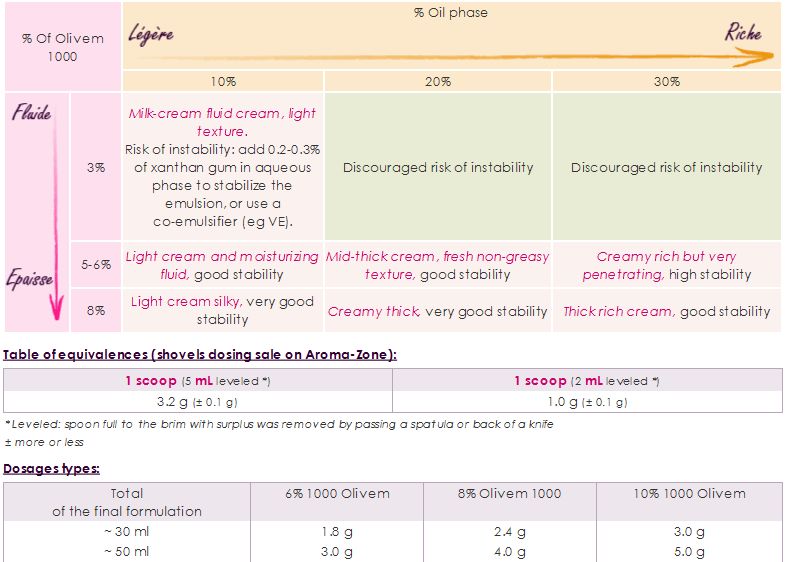
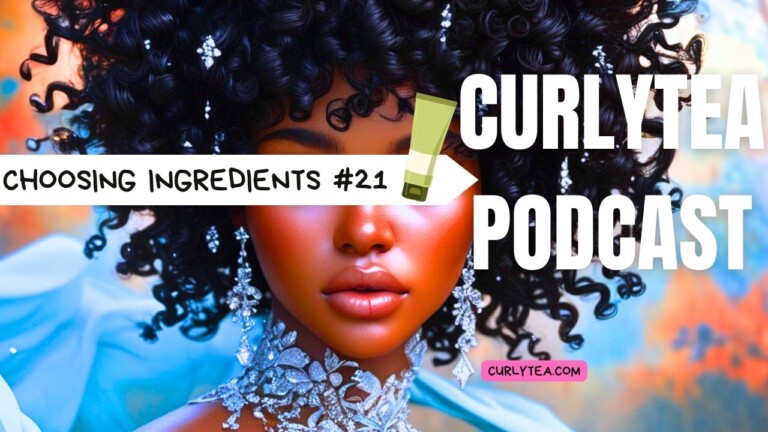

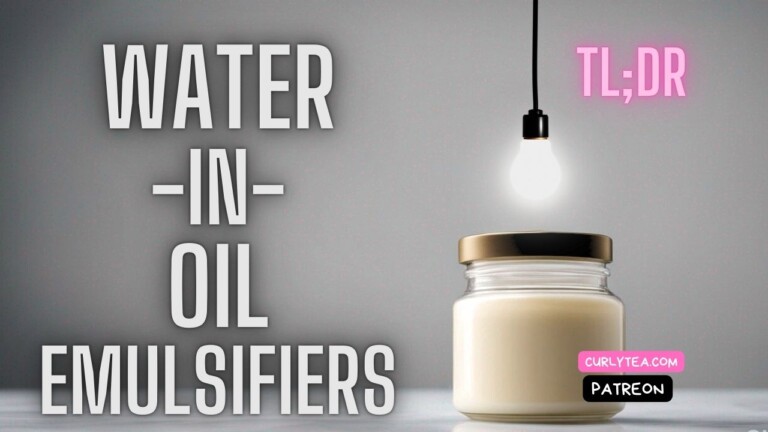
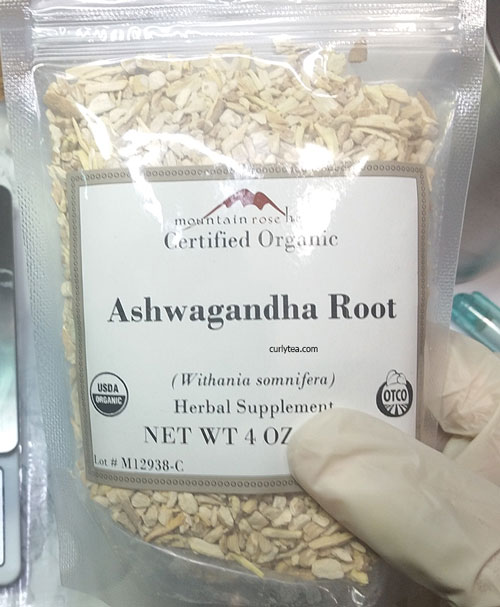
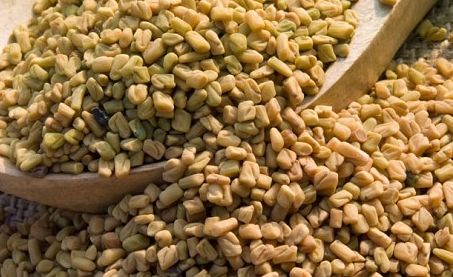
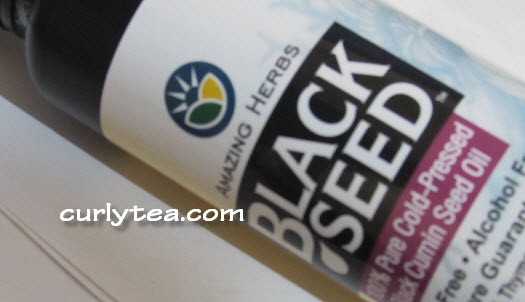
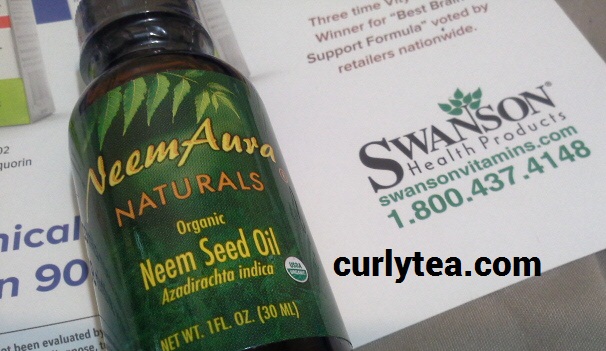
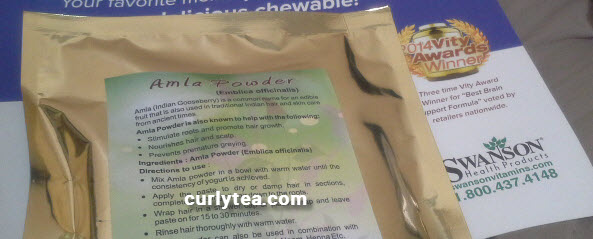
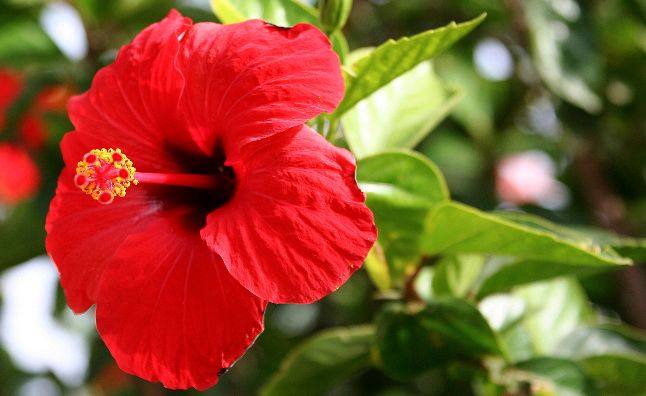
I was wondering, what do you mean by “other ingredients were added”? Were they ingredients that contributed to the oil phase or to the water phase?
Hi! It depends on the recipe. “Other ingredients” denotes that additional ingredients in each test recipe were used which would make the percentage equal to 100%. This post is old, so I’d have to go digging through a box of notes to find it exactly. But it’s probably the additional ingredients like humectants (panthenol, vegemoist, etc), preservatives, or other additives like extracts. They weren’t important to list here because I’m talking about the water, to oil, to emulsifier ratios.
Thank you for this information!
Does it make sense to have both Olivem1000 and BTMS 25/50 in the same recipe?
Well both Olivem 1000 and BTMS-25 and BTMS-50 are all emulsifiers. However, only BTMS-25/50 are conditioning as well. I don’t know about other formulators, but when I use Olivem 1000 and BTMS in the same recipe, I’m doing it help stabilize the emulsion and to help with the final viscosity. You don’t have to use both and they are completely different. BTMS is a conditioning emulsifier (great in conditioners) and Olivem 1000 is an emulsifier without any additional obvious softening properties for the hair. So if you’re being frugal or careful with your ingredients, use BTMS-25/50 in hair recipes and use Olivem 1000 in lotions, creams, regular hair moisturizer recipes, etc.
hello
you didn’t have to use x. gum for 5-6% olivem emulsions, to reduce soapiness?
in your post you do not mention soapiness at all. did u face that problem with Olivem 1000?
many thanks
Soaping is only a problem for me if it becomes a hindrance. I don’t really mind a little rub in time. For others, they can’t stand it. I don’t remember if I experienced soaping during these tests but it must not have been a large issue or else I would have noted it. OliveM 1000 can cause some soaping effect, but most formulators use a silicone to cut the soaping effect it causes. If you don’t want a soaping effect at all, use another emulsifier like Creammaker Moringa (from makingcosmetics.com). Or use OliveM 1000 in conjunction with a silicone (if you’re not against -cones) or a silicone alternative to see if you can get rid of the soaping.
I don’t remember if I experienced soaping during these tests but it must not have been a large issue or else I would have noted it. OliveM 1000 can cause some soaping effect, but most formulators use a silicone to cut the soaping effect it causes. If you don’t want a soaping effect at all, use another emulsifier like Creammaker Moringa (from makingcosmetics.com). Or use OliveM 1000 in conjunction with a silicone (if you’re not against -cones) or a silicone alternative to see if you can get rid of the soaping.
Hi! thanks for the valuable information! I formulated a thick body cream with Olivem 1000 MB but I’m finding that, although thick, it doesn’t feel creamy and it almost feels drying. I posted my formula below because I’m trying to get different opinions as to what’s causing my cream to not feel rich and moisturizing. I’m not sure if it’s the use of butter (use less butters and more oils), the % of emulsifier (increase or decrease), so i’m looking for opinions! Thank you!!!!
Phase A
62.5% water
4% Glycerin
Phase B
7.9% Shea Butter
2.6% Mango Butter
4.7% Avocado Oil
4.7% Coconut Oil
2.5% Cetyl Alcohol
2% Glyceryl Stearate
5% Olivem 1000
Phase C
2% Preservative
2% Calendula Extract
0.1% Rosemary Extract
Hum… maybe you can replace the Coconut oil with Olive Oil? Also, try to change your glycerin to another humectant or combination of humectants to make up for that 4%. Me, I would use 4% Betaine (beet sugar extract). But since the only supplier of the best version of this ingredient seems to be having issues, I can’t recommend you use them.
#You can try to get rid of the Glyceryl Stearate. Maybe that’s causing the mix to have a drier feel.
#You can try adding silicone substitutes in place of the Glyceryl Stearate or the Cetyl alcohol. Try Ethylhexyl Olivate (https://www.makingcosmetics.com/ELL-ETHXOL-01.html?lang=default) or Ethylhexyl Palmitate (https://www.makingcosmetics.com/ELL-ETHXPL-01.html?lang=default).
#You can try 4% 72h Moisture instead of Glycerin. (from makingcosmetics.com) https://www.makingcosmetics.com/HUM-72HMT-01.html?lang=default
#You can try 2% Propanediol + 2% 72H moisture instead of Glycerin.
#You can also try a different emulsifier like CreamMaker Moringa (https://www.makingcosmetics.com/EMF-CMMORIN-01.html?lang=default). It also has the benefit of little to no soaping effect.
Either way, you may need something that will improve glide, which can cause product to feel more moisturizing on the skin. Look for ingredients that are good at that.
Thank you so much for sharing this information, I create a hair conditioner last week with olivem 1000 (trying it for the first time), and my formula separated after a few hours, didn’t understand what I have done wrong, but reading your post I figure it out, I only used 3% of it in my formula, I think that’s the main reason it didn’t stay stable, I’ve been searching all over the internet to find out more info about formulating with this ingredient and I found your website. AWESOME!!!!